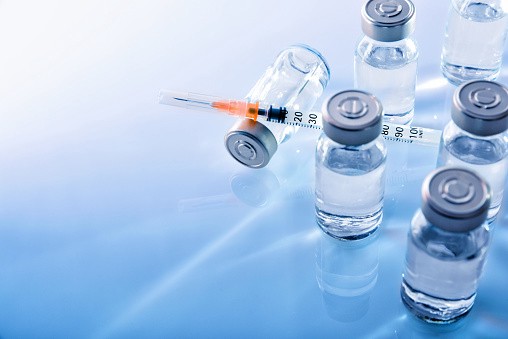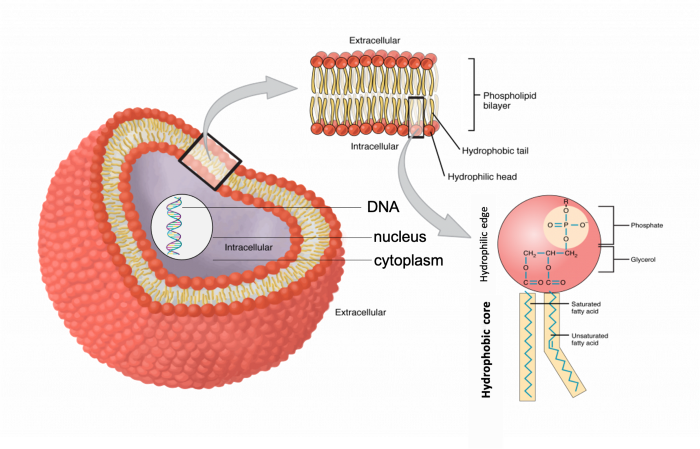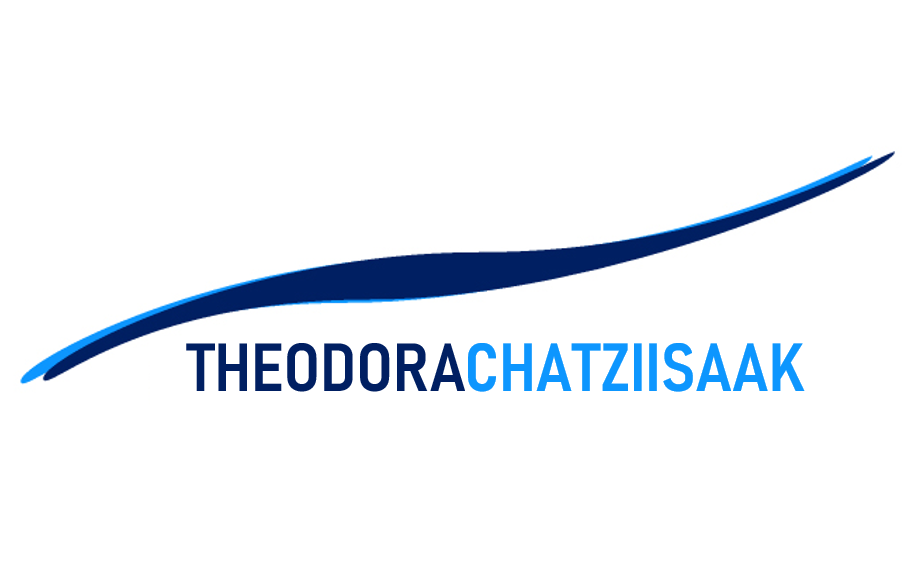
18 Nov THE RNA VACCINE AGAINST COVID-19
How was the trial designed by Pfizer & BioNTech? What does a 90% efficacy rate mean? Is it safe?
In July 2020, Pfizer and BioNTech initiated a late-stage (Phase 3) clinical trial on a coronavirus vaccine. The vaccine uses part of the viral RNA packaged in nanoparticles of oily membranes. This small part of the viral RNA contains all the information for the Spike protein, the famous protein helping the virus dock onto human cells’ membranes and get inside them. Why packaged in nanoparticles of oily membranes? Simply because our cells are covered from membranes made of lipids, which — due to their biochemistry (non-polar and hydrophobic core) — make it difficult for big substances, or charged molecules to pass through (Figure 1). Our ‘fatty’ cell membranes allow only tiny particles (such as Oxygen and Carbon Dioxide) to diffuse through, or molecules which are also non-polar and therefore fat-soluble (e.g., oils) (Figure 1). Nanoparticles of oily membranes aid therefore the transport of the vaccine inside our cells due to their small size (‘nano’ means very small) and the fat molecules’ nature comprising the particles. In that way, the RNA can be used by our cells to build the Spike protein, which will then be recognized by our ‘guard cells’ as a foreign intruder (or an antigen) leading to the signaling and creation of antibodies (read more details on the immune response here).

The trial was designed as follows: Around 44,000 healthy volunteers were recruited and split into two groups. Half of the people got the vaccine, while the other half got a placebo of salt water. The companies then waited for people to get sick to determine if the vaccine offered any protection.
So far, 94 out of all the participants in the trial have gotten sick with COVID-19. As is standard for clinical trials, the data were ‘blinded’, meaning that NO ONE except an independent board of experts — not the volunteers, doctors, or the company’s top executives — knows who is getting the vaccine and who the placebo. The independent board looked at how many of those people got the vaccine, how many got the placebo and how many of each group developed COVID-19. Using these data, they calculated that the vaccine was 90% effective at preventing COVID-19. This means that, according to the so far-data, we can expect that out of 100 people vaccinated, 90 will most likely not develop COVID-19 disease, while 10 will probably develop the disease. The percentage is a number or a ratio expressed as a fraction of 100. It is not showing the actual, absolute numbers; it rather indicates what the trend is based on the numbers we have on hand at the moment. Therefore, the efficacy rate shows only a ratio in order for us to understand what would ideally happen if we had a sample of 100 people in the same set up used for the trial. Using the announced numbers for the vaccine’s efficacy rate (90%) and the sickened people (94) during this clinical trial, anyone can do the math and safely calculate the actual numbers. These would be: 85 people — out of the 94 who got sick — come from the placebo group and only 9 come from the group who received the real vaccine. This tells us that very few people who were vaccinated developed COVID-19. The numbers are truly encouraging (remember that in biology — like in every aspect in life — there is hardly ever an absolutely perfect result with 100% efficacy. There are statistically significant differences, however, and these guide scientists). Researchers were hoping for a 60% efficacy rate and this (PRELIMINARY) result of 90% efficacy offered reasons for big smiles.
The number is great not only because it means that the Pfizer-BioNTech vaccine will — most likely — be working, but also because it indicates that the Spike protein seems to be a very good target to create a vaccine against. Since so many of the vaccines in development right now are using this as a target, it is pretty good news for a lot of clinical trials currently running.
To get a sense of how good these results are, it is worth considering licensed vaccines that people regularly receive. On the low end, influenza vaccines are 40 to 60% effective at best, because the influenza virus keeps evolving into new forms year after year. By contrast, measles vaccine reaches 97% effectiveness.
BUT…
On the other side of the arguments supporting the vaccine, unlike many vaccines we are used to, this new candidate requires two separate shots. So, if we are going to try to get everyone vaccinated, we are going to need them to come back for a second shot three weeks after the first one. Moreover, for every two doses produced you can only vaccinate one person. Last but not least, RNA is not the most stable molecule. It needs to be kept at -80 degrees Celsius in order not to get degraded, and it has to be kept that cold FROM PRODUCTION TO DELIVERY INTO YOUR ARM. That is going to require more effort and planning — to get the vaccine to remote locations — than it would if it was stable at room temperature. The reported side effects, like aches and fevers, are similar to most other vaccines and, so far, there are no serious side effects reported to the group which received it.
However, we still need more time to see how long the protection from the antibody lasts (read more here), how effective it will actually be in the setup of real life and how safe it will prove after a close monitoring for years. That is the difference between effectiveness and efficacy. Efficacy is a number obtained by a ‘clean’ setup of a trial’s environment, while effectiveness is obtained after years and decades of closely assessing and monitoring the immunologic response, memory and side effects of a vaccine.
Very often, there are questions posed by the broad audience like: Can the vaccine change my DNA? The answer to that is no. The RNA does not go into the nucleus of the cell where the DNA is kept (Figure 1). It contains only the genetic information on how to build the Spike protein, so it gets translated into this Spike protein inside the cytoplasm of the cell, outside the nucleus (Figure 1), and there is no risk of integration into our DNA. Secondly, RNA does break down after a while, so your cells will not be producing the Spike protein indefinitely. Nevertheless, mRNA vaccines were never proven in humans before and time will unveil certainly more information about this technology and its effects.
Importantly, the clinical trial WASN’T OVER until 2 hours ago (November 18, 2020). The companies had a pre-defined final analysis point of 164 COVID-19 cases, so they needed to continue the trial and keep collecting data until that point. As of November 18th, Pfizer and BioNTech confirmed that their study reached 170 confirmed cases of COVID-19, with their vaccine demonstrating 95% efficacy rate (even higher than the initial report).



Sorry, the comment form is closed at this time.